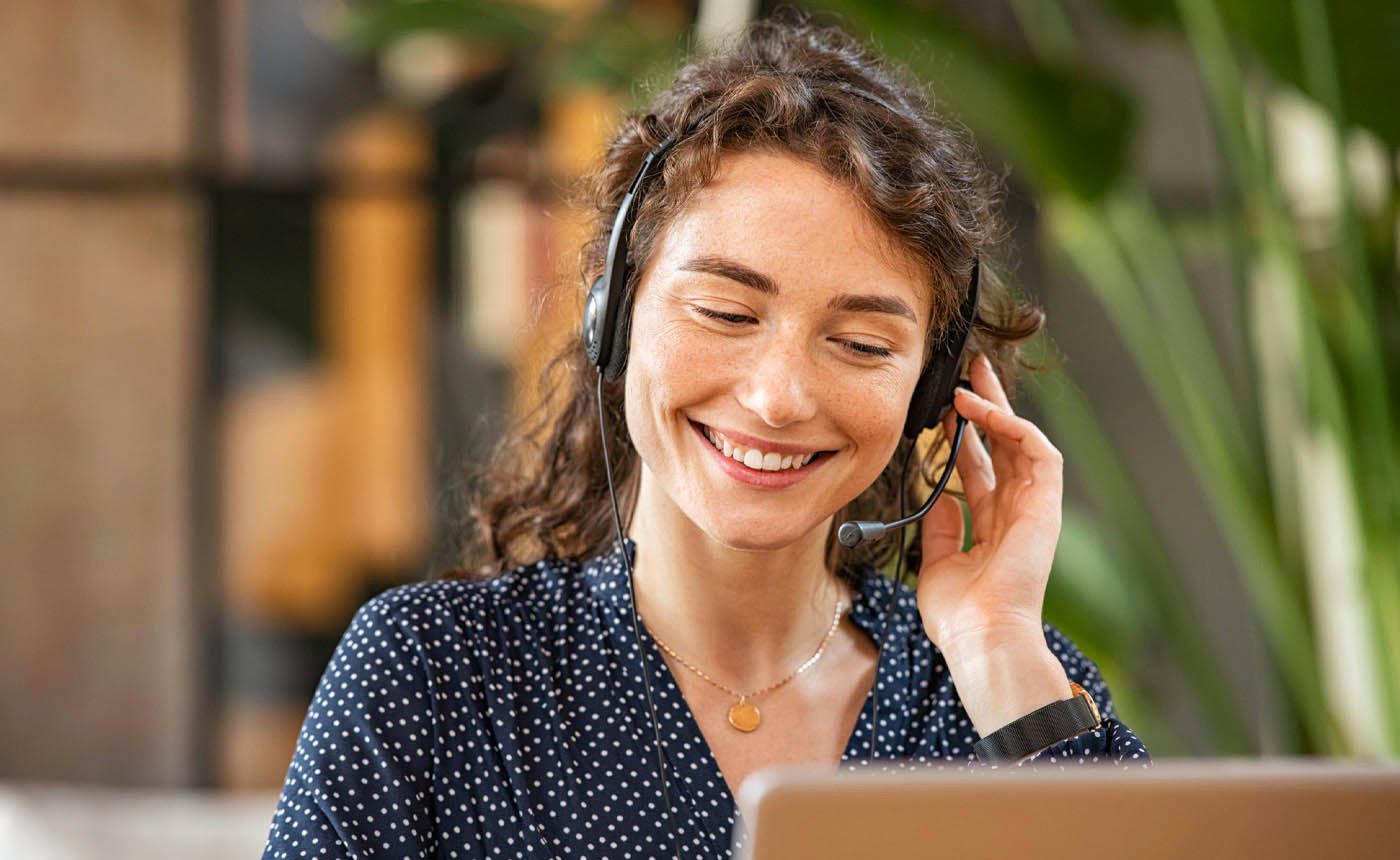More than 2 billion people worldwide are blind or live with some form of visual impairment. With this statistic in mind, it’s no surprise that many of the world’s largest corporations have systems in place to service blind and low-vision employees and customers.
Companies large and small should take their cue from these global enterprises, as their actions to address the concerns of the visually impaired population have led to new accessibility standards both in the marketplace and the workplace. Whether we’re talking about customers or employees, blind and low-vision individuals will engage with corporations that implement comprehensive accessibility standards.
Let’s take a closer look at how some of the world’s top corporations approach accessibility for blind and low-vision individuals.
Notable Corporate Accessibility Practices For Employees
Bloomberg
Around the world, Bloomberg partners with organizations such as EmployAbility, Talento, and Lime Connect to increase accessibility in the hiring process. This practice is driven by empathy and innovation, and has led to the financial data and media giant reaching and recruiting many candidates from the blind and low-vision talent pool. What’s more, Bloomberg boasts many employee resource groups (ERG) that welcome employees and help to raise awareness at the company and in the community at large. For example, Bloomberg’s recent partnership with Beyond Our Sight gave employees a window into the world of visual impairment. This increased empathy and understanding, while inspiring support among colleagues.
IBM
Hiring their first employee with a disability in 1914—close to 80 years before the Americans With Disabilities Act—IBM has always been one of the forerunners of making technology accessible to everyone. This is made possible by the company’s belief in having a diverse set of voices in the room, making important decisions. One of those voices was blind IBM fellow Chieko Asakawa, who created a program that converts text to speech, thereby delivering the internet experience to an entirely new population. A prime example of how representation matters, IBM engages with ERGs, hiring funds, and internships that focus on students with disabilities.
Cisco
With clearly defined accessibility standards, Cisco has been a leader in the diversity sphere for decades. The company has launched numerous groups and initiatives to promote diverse abilities in the workplace. One such group includes Connected Disability Awareness Network, which connects all employees impacted by various disabilities and empowers them to affect change within the company. Cisco also offers accessibility training to all managers and team leaders, ensuring that all departments within the organization are reliably inclusive.
Boston Scientific
With the company goal to “change the lives of communities worldwide,” Boston Scientific knows it must utilize a diverse workforce made up of people with both apparent and non-apparent disabilities. Boston Scientific’s LEAD, and ERG group, embraces inclusion and accessibility by providing the tools needed for employees to be successful. Through LEAD, Boston Scientific raises awareness of accessibility and inclusion in the workplace, while the company’s overall culture includes ready access to reasonable accommodations for employees and applicants.
Notable Corporate Accessibility Practices For Customers
This corporation’s products are quite literally everywhere, so it makes sense that they would feel an immense amount of responsibility to engage with customers in ways that are completely inclusive. Google’s Central Accessibility Team ensures that accessibility is incorporated into all aspects of the company’s actions. The group achieves this by conducting user research, regularly testing for common issues online, and training all team members on accessibility best practices. What’s more, Google’s Disability Support team works directly with Be My Eyes, assisting blind and low-vision customers with all manner of tasks, including support for screen readers and more. Google has become a tech leader for accessibility by making YouTube completely captioned and developing tools and apps for people with disabilities.
Delta
The aviation industry giant created an advisory board on disability to reforge company policies and practices surrounding accessibility. Board members boast a diverse array of disabilities and are frequent fliers of the airline, giving them the insight necessary to make informed decisions. Another Delta group, ABLE, works with the advisory board to implement ideas that align with passenger input. This has led to higher rates of customer satisfaction, specifically with customers who require accessibility options that otherwise might have been overlooked.
State Street
Catering your services to a diverse group of people makes good business sense—and State Street knows it. The financial services company tackles the issue of inclusion and disability by ensuring their hiring practices lead to the retention of team members with a unique set of skills, aimed specifically at customers with accessibility needs. This leads to a deeper understanding of its customers, no matter how the customer communicates. An approach to accessibility awareness such as this is only possible because State Street made the conscious decision to hire someone with a visual impairment—HK Sowmya, a senior manager in Global Inclusion and Corporate Citizenship at State Street's Hyderabad, India office. Sowmya started the India-based branch of State Street’s Disability Awareness Alliance.
Microsoft
With a mission to empower people and organizations with cutting-edge technologies, Microsoft launched its Disability Answer Desk for customers who need technical support by multiple means of communication, such as phone, chat, email, American Sign Language, or video. And in 2018, Microsoft became the first organization to partner with Be My Eyes, offering blind and low-vision customers a direct connection through Specialized Help, a feature on the Be My Eyes app. This collaboration enables blind and low-vision customers to receive technical assistance and provide an option for Be My Eyes volunteers to point people to those that need additional support.
Key Takeaway
Listed above are eight of the most well-known corporations, with branches spread across the globe. Each one takes inclusion and accessibility into account when developing hiring practices and engaging with customer and client needs. Through ERG programs and partnerships with outside organizations such as Be My Eyes, your company follow in the footsteps of these corporate behemoths—who all clearly recognize the value of understanding the diverse population and enable systems to ensure everyone enjoys equal treatment.





